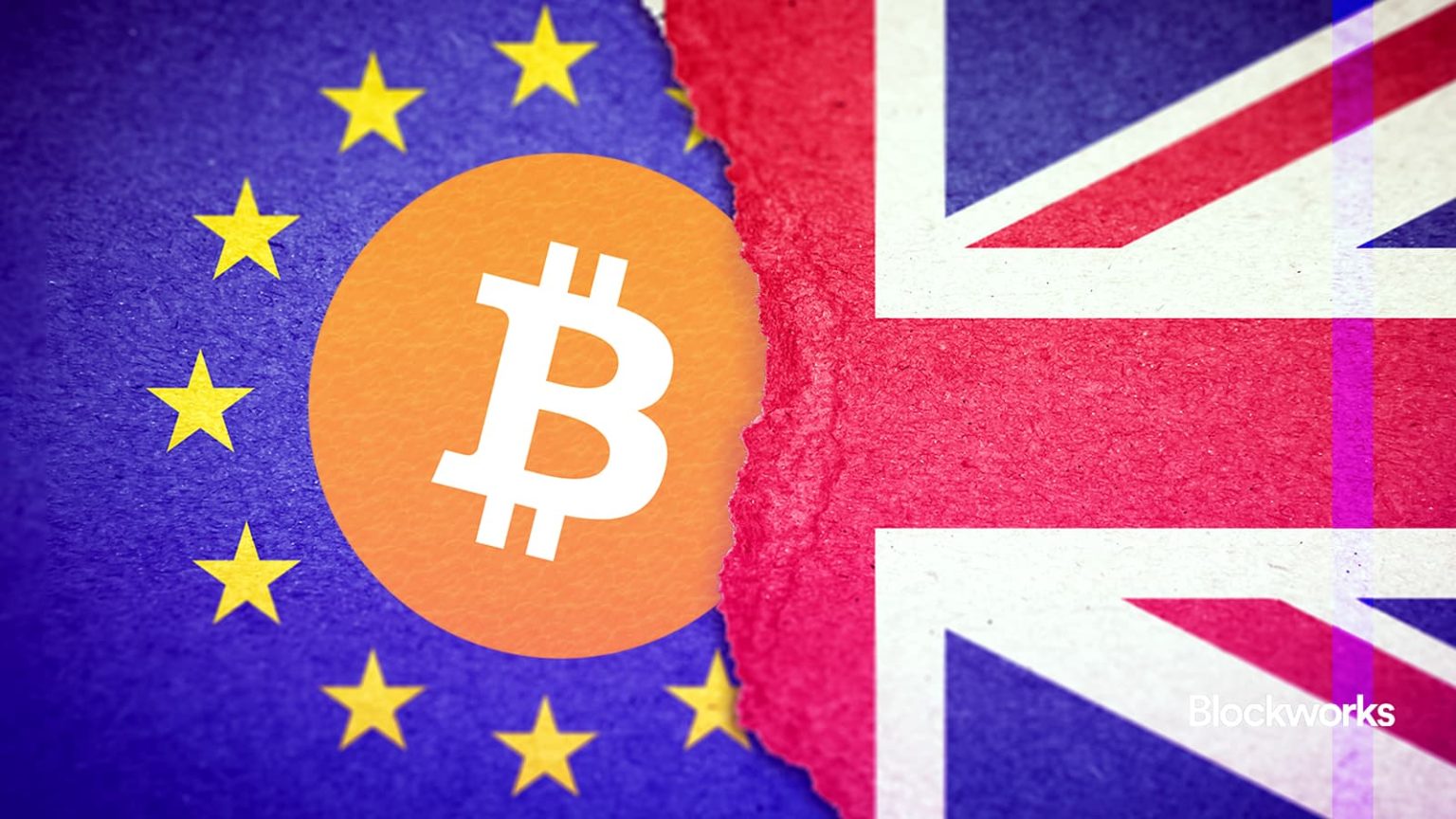Bitcoin’s Relationship with Global Instability
Bitcoin frequently features in marketing and analysis as a store of value or hedge against turmoil. Common descriptions, however, can simplify its complex nature:
- “Store of value” essentially means hoping its price doesn’t decline over time.
- “Protection against currency devaluation” often simply suggests Bitcoin’s price might rise while traditional currency values fall.
- “Hedge against global instability” is perhaps among the most widely claimed benefits.
But does reality support these claims? Analyzing Bitcoin’s performance during specific periods of heightened global uncertainty offers insights.
Case Study: The Brexit Vote (June 2016)
The UK vote to leave the European Union was a major political shock. The following day, the British pound experienced its largest one-day drop in history, falling more than 8% against the US dollar to a 31-year low. Further volatility occurred the following week.
Concurrently, Bitcoin’s price surged dramatically during the post-referendum slump. Between the final week of May 2016 and the week leading up to the Brexit vote, the BTC/USD price increased by 70%, from approximately $440 to nearly $760. While briefly falling 20% before the vote, Bitcoin maintained its upward trajectory as the pound depreciated in the months following.
Was Brexit Driving Bitcoin?
While a correlation between volatility in GBP and the ascent in BTC is clear, particularly in the weeks post-Brexit, establishing causation is complex. A broader trend analysis reveals that significant institutional buying likely began elsewhere.
Looking back, the Bull run from late 2015-early 2018 started long before Brexit. The actual chart in BTC/USD terms began an upward trajectory almost 18 months preceding the vote. This extended (though not perfectly linear) uptrend continued for an additional 18 months, reaching $20,000 in December 2017.
Fintech payment firm TransferWise (now Wise) issued warnings about GBP volatility and cancelled same-day transfers ahead of the Brexit vote, highlighting the currency’s turmoil. This event might have attracted capital seeking stability elsewhere, implicitly suggesting Bitcoin’s role as an alternative.
Prior Precedents: Cyprus 2013 and Greece 2015
Looking back further, similarities exist. In 2013, the banking crisis in Cyprus sparked an almost 350% rise in Bitcoin’s price over two months before banks collapsed. As Cypriot instability mounted, investors seemed to flock towards Bitcoin.
A similar, though less dramatic, pattern occurred during the Greek debt crisis in 2015, with a 10% Bitcoin spike following Greece’s debt spiral. Again, attributing the price movement solely to Greek investors divesting euros for Bitcoin is difficult.
Conclusion: Uncertainty Endures
These historical instances suggest that Bitcoin can indeed coincide with periods of macroeconomic distress, reinforcing the narrative of its function as a potential refuge. However, the relationship is intricate. Clarifying whether increased Bitcoin investment *causes* asset appreciation during downturns or if both are concurrent symptoms of underlying market shifts remains a central challenge in evaluating its true nature as a “hedge.” The evidence points towards debate rather than definite proof.












